Introduction
The aviation industry's commitment to sustainability and environmental stewardship is at the forefront of global discussions, as the sector grapples with the pressing need to reduce its carbon footprint and mitigate environmental impacts. With air travel contributing approximately 2% to 3% of global emissions, the urgency for decarbonization strategies is undeniable. This article explores the industry's efforts to achieve sustainable aviation through various initiatives and technological advancements.
From the emergence of Sustainable Aviation Fuel (SAF) as a crucial element in reducing carbon emissions to the potential of electric and hybrid aircraft, the industry is embracing innovative solutions. Additionally, improvements in operational and design efficiencies, policies to promote sustainable aviation, and the role of airports and airlines in driving sustainability are discussed. The article emphasizes the importance of international collaboration and accountability, as well as the role of financial partners in de-risking the transition to a greener future.
Through education, innovation, and collaboration, the aviation industry is steadfast in its pursuit of decarbonization and a more sustainable future for air travel.
Environmental Impacts of the Aviation Industry
The intersection of aviation and environmental sustainability is a focal point of contemporary global discussions. As a sector historically linked with notable carbon footprints, air travel contributes approximately 2% to 3% of global emissions, underscoring the pressing need for decarbonization strategies. The industry's challenges are compounded by its association with noise pollution and air quality degradation, magnifying the urgency for transformative green initiatives.
In response to these environmental challenges, Sustainable Aviation Fuel (SAF) has emerged as a pivotal element in the sector's journey towards net-zero emissions. SAF, derived from renewable raw materials such as used cooking oil, offers a path to drastically reduce aviation's carbon emissions. Despite some misconceptions—like the humorous belief that SAF could smell like French fries—the importance of SAF is immense. It embodies a vital step towards decarbonizing the industry, and ongoing consumer education is imperative for its broader acceptance.
Innovative partnerships, like the collaboration between Airbus and Neste, exemplify the progressive strides being made. These alliances are not only driving the development of low-emission aviation technologies but also enabling companies to meet their sustainability targets effectively. Furthermore, initiatives like Formia's adoption of sustainable materials such as bamboo and recycled PET, and ELeather's commitment to sustainability underscore the industry's holistic approach to environmental challenges.
While small electric aircraft, such as the Pipistrel Alpha Electro, have demonstrated the potential for electric aviation, particularly for short-range flights, the industry recognizes that larger-scale adoption of such technologies is a longer-term aspiration. Current efforts are thus centered on immediate and tangible actions that can have a significant impact, including the reduction of aircraft weight to improve fuel efficiency and the use of recycled materials to minimize waste.
Confronted with the stark reality of climate change, as evidenced by extreme weather events and the insufficient progress made at international climate summits like COP 27, the aviation industry is under substantial pressure to innovate and transform. The sector's commitment is reflected in the comprehensive research and development of environmental impact mitigation strategies, which span from aircraft design to end-of-life considerations.
The path forward for aviation is clear: a steadfast pursuit of decarbonization through education, innovation, and collaboration. While the road may be long, the industry's resolve to create a more sustainable future for air travel is unwavering and vital for the health of our planet.
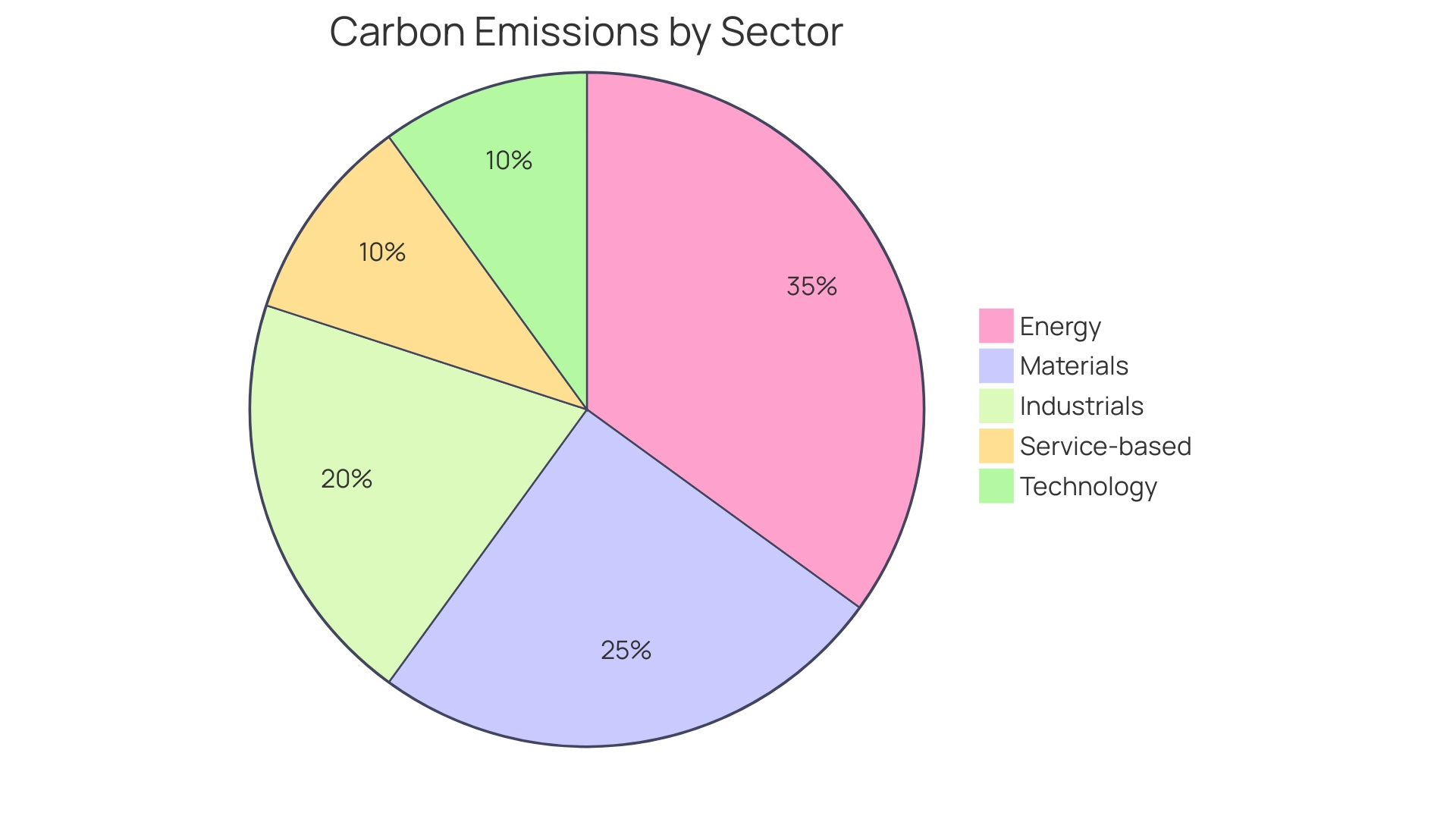
Challenges in Achieving Sustainable Aviation
Navigating the complexities of sustainability in aviation requires addressing several critical issues, such as technological advancements, cost-effective fuel solutions, regulatory frameworks, and the importance of international cooperation. The industry is actively pursuing innovative approaches to reduce its carbon footprint, illustrated by a historic transatlantic flight that used 100% sustainable aviation fuel, underscoring the potential of alternative fuels to transform the sector. Pioneering efforts by regional airports, like those in Finland, achieving net zero carbon balance for controlled emissions, demonstrate the viability of comprehensive carbon management strategies. These initiatives are complemented by significant investments from the FAA, including over $100 million in airplane technology and $130 million in university research, aimed at improving environmental performance. The urgency for change is highlighted by the stark reality that aviation emissions have doubled since the mid-1980s, with projections indicating they could consume a quarter of the global CO2 budget by 2050 if left unchecked. Therefore, a collective effort involving new collaborations, technological upgrades, and consistent policy support is essential for aviation to align with the goals of the Paris Agreement and contribute to a sustainable future.
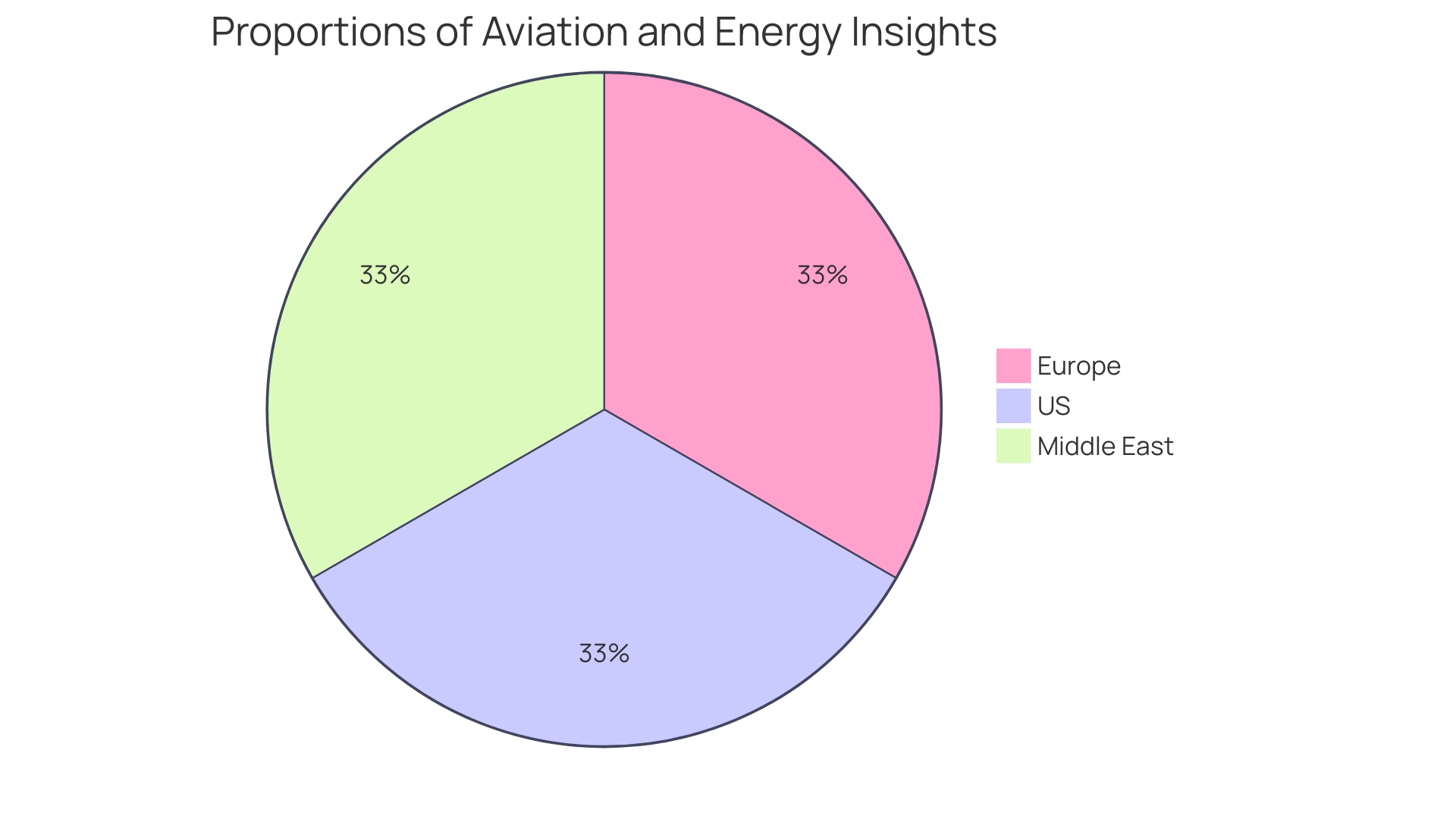
Sustainable Aviation Fuels (SAF): A Key Solution
Sustainable aviation fuel (SAF) is emerging as the pivotal element in the aviation industry's commitment to decarbonization. These advanced biofuels, synthesized from renewable resources such as used cooking oils, animal fat waste, and other non-fossil sources, offer a substantial reduction in greenhouse gas emissions, potentially decreasing the carbon intensity of aviation fuel by over 80 percent compared to conventional jet fuel.
Despite these environmental benefits, SAF currently fuels only a fraction of flights—less than 0.1 percent—due to challenges such as limited supply, fragmented demand, and higher costs. However, companies like Virgin Atlantic and Delta Air Lines are actively pursuing SAF integration. Virgin Atlantic's recent flight powered entirely by SAF marked a significant advancement, underscoring the industry's capacity for innovation and its relentless pursuit of a net-zero carbon future.
Delta Air Lines has set ambitious targets to replace 10% of its jet fuel consumption with SAF by 2030 while concurrently aiming to decrease its overall fuel usage. This strategic approach reflects a broader industry initiative to align with net-zero objectives by 2050. Pioneering efforts like these are critical in educating consumers about the sustainability benefits of SAF and debunking common misconceptions, thereby fostering a more eco-conscious travel culture.
As the industry gravitates towards a responsible ethos, integrating SAF into the fuel mix presages a greener horizon for aviation. Notably, the development and optimal distribution of biomass feedstocks will be pivotal to curtail costs and enhance SAF accessibility. Ultimately, the transition to SAF represents not only an environmental imperative but also a testament to the industry's resilience and ingenuity in the face of one of its most formidable challenges - achieving carbon-neutral flight.
Electric and Hybrid Aircraft: Future Prospects
The dawn of electric and hybrid aircraft is reshaping the landscape of the aviation industry, offering a promising avenue to tackle the sector's environmental footprint. With the industry contributing around 2 percent of global carbon dioxide emissions, the migration towards electrification heralds a significant stride in aviation's journey towards sustainability. The pioneering electric aircraft, such as the two-seater 'Pipistrel Alpha Electro', are trailblazing this shift. These aircraft are currently operational for pilot training and short-range flights, a concept akin to 'fjord-hopping' in Norway, denoting brief jaunts between fjords. A life cycle assessment of the 'Pipistrel Alpha Electro' offers compelling evidence of its environmental benefits over its fossil fuel-powered counterparts, scrutinizing the impact from raw material extraction to the aircraft's end of life.
Furthermore, the pursuit of advanced batteries is not just a trend but a necessity, as the demand for electric vehicle (EV) energy is projected to surge to 14 terawatt hours by 2050. This demand is driven by the forecast that EVs on roads will skyrocket from 16.5 million to nearly 350 million by 2030. The future of electric aviation is not limited to light aircraft; Electric Vertical Takeoff and Landing (eVTOL) models, such as those developed by Electra, aim to revolutionize air transport for distances ranging from 50 to 500 miles, propelling air service to thousands of communities where it is currently impractical.
The potential for electric aircraft to significantly reduce aviation's environmental impact is underscored by Rickard Arvidsson's assertion that battery-powered electric aircraft will likely be utilized for shorter distances in the immediate future, gradually building up to more extended ranges. The data-driven insights from Cirium, the preeminent source of aviation analytics, affirm the sector's commitment to informed decision-making to enhance operations, revenue, and customer experience. As the electric propulsion movement gains momentum, it promises to open up new horizons for sustainable aviation, making air travel more environmentally friendly and accessible.
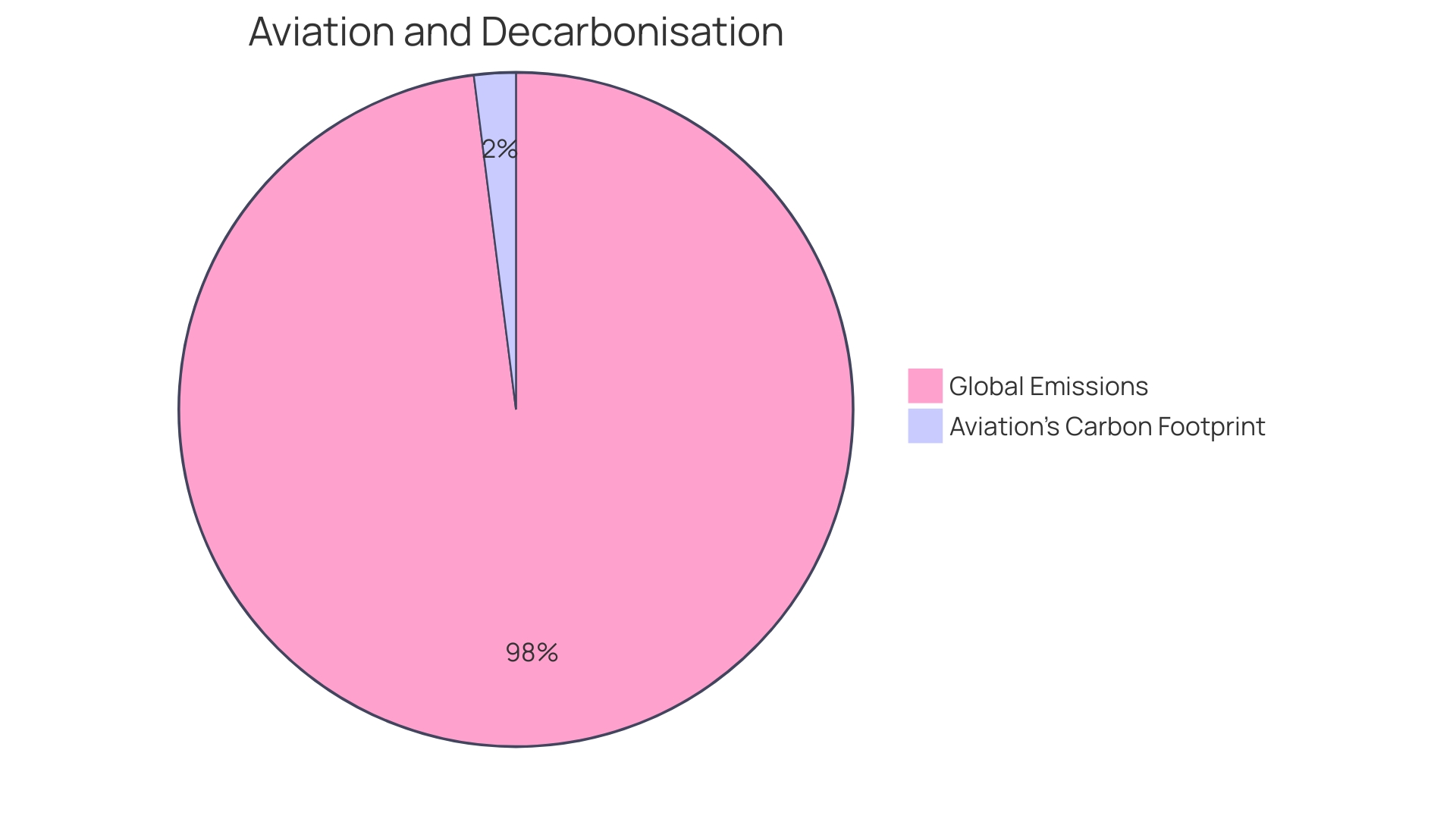
Improving Operational and Design Efficiencies
With the urgency to act on climate change underscored by events such as COP 27 and the growing recognition of global climate tipping points, the aviation industry is under significant pressure to transition towards net-zero emissions. This transition not only requires a reduction in greenhouse gas emissions but also a commitment to offsetting what cannot be immediately reduced. As part of this effort, airlines and aircraft manufacturers are pioneering innovative technologies and practices aimed at enhancing fuel efficiency, cutting emissions, and improving overall operational effectiveness.
The magnitude of the challenge is reflected in the environmental impacts associated with commercial aviation, which is responsible for approximately 3.5 percent of human-made changes to the Earth's energy balance. The sector's CO2 emissions have doubled since the mid-1980s, with projections indicating they could consume a quarter of the carbon budget allotted for limiting global warming to 1.5°C by 2050. Beyond CO2, aviation also contributes to non-CO2 impacts, such as nitrogen oxides and contrails, which have significant warming effects.
In response to these challenges, there is a growing emphasis on sustainable aviation fuels (SAF) that can reduce carbon intensity by over 80 percent. Despite Saf's potential, its global utilization remains below 0.1 percent, hindered by limited supply, fragmented demand, and cost barriers. Additionally, the industry is exploring ways to mitigate non-CO2 impacts, like contrail cirrus formations, which may have a substantial warming impact.
To ensure a sustainable future for aviation, companies are also focusing on the entire lifecycle of their products, from design to end-of-use. For instance, Formia's approach to creating sustainable in-flight kits includes the use of renewable and recycled materials, as well as lightweight designs to help reduce fuel consumption. Similarly, deSter's comprehensive ESG strategy embodies a commitment to responsible design, production, and delivery, seeking to minimize transportation distances and audit suppliers for sustainability alignment.
These concerted efforts signify a broader shift within the aviation industry towards responsible innovation and collaboration, as exemplified by new partnerships between start-ups and traditional operators. Together, they are working towards a more sustainable aviation sector, with a keen awareness that while the allure of air travel endures, its future success hinges on its ability to evolve sustainably.
Policies to Promote Sustainable Aviation
Recognizing the urgent need for environmentally responsible aviation practices, governments worldwide are fostering the transition to more sustainable operations within the industry. With the U.S. striving for net-zero greenhouse gas emissions in aviation by 2050 and the FAA allocating over $100 million for eco-friendly airplane technologies, the sector is making tangible strides towards carbon neutrality. These efforts are complemented by substantial investments in university research, exceeding $130 million, to unearth innovative solutions that mitigate environmental impacts. Software deployments by the FAA are streamlining takeoffs, slashing fuel consumption, emissions, and taxi times, demonstrating that policy interventions can yield immediate benefits.
Switzerland, too, is setting ambitious targets, aiming for carbon-neutral flying by 2050. The country's Federal Council has endorsed a comprehensive report detailing strategies to include aviation in its net-zero goals, emphasizing the necessity for significant research and technical advancements. The European Union's commitment mirrors these endeavors, with legislative milestones to reduce greenhouse gas emissions by at least 55% by 2030, paving the way for a climate-neutral 2050.
Amidst these developments, the grim reality is that aviation's CO2 emissions have soared since the mid-1980s, and non-CO2 factors like nitrogen oxides and contrails further exacerbate the industry's environmental footprint. To counteract this, the FAA is rigorously reviewing noise policies, incorporating feedback from over 4,800 public comments, and leveraging advanced analytical tools and ongoing research to inform a comprehensive, evidence-based approach.
As these examples illustrate, governmental leadership is catalyzing advancements in sustainable aviation through regulatory frameworks and funding initiatives. Such measures not only drive innovation but also align the aviation sector with global sustainability objectives.
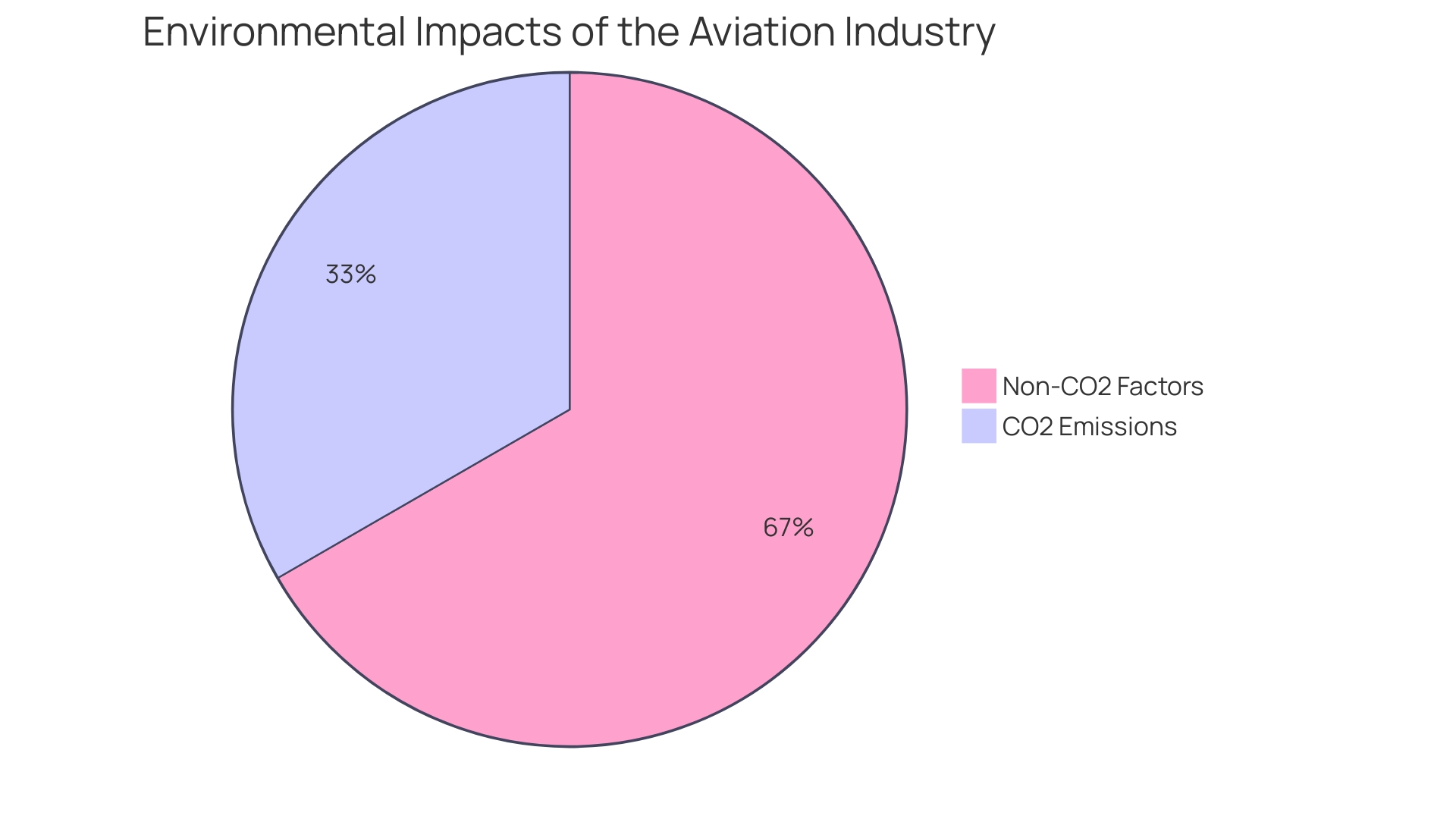
Building Sustainable Airports
The quest for sustainability in the aviation industry extends beyond the skies to the very infrastructure that supports air travel: our airports. Sustainable airport design is an evolving field that focuses not just on minimizing environmental impacts but also on integrating renewable energy sources, enhancing energy efficiency, and implementing effective waste management practices.
At the forefront of this transformation, airports such as Félix-Houphouët-Boigny International Airport have initiated a strategic shift towards renewable energy. The installation of solar street lights and plans for solar panels to generate electricity are bright examples of airports harnessing the power of the sun. Measures such as optimizing air conditioning usage, powering down office equipment during non-operational hours, and adhering to strict equipment maintenance schedules contribute to significant reductions in energy consumption.
These actions align with the rigorous standards and recommended practices of the International Civil Aviation Organization (ICAO), ensuring not only the safety but also the sustainability of flight operations. While challenges such as the high costs of implementing renewable energy solutions and the energy-intensive nature of older terminal buildings persist, the industry strives to overcome these obstacles, pushing the boundaries of what's achievable within existing infrastructure.
Recent news of Edinburgh Airport's achievement of Level 4 Transformation in the Airport Carbon Accreditation programme highlights the global momentum towards greener aviation. The airport's ambitious goals to become net zero in Scope 1 and 2 emissions by 2030, and in Scope 3 emissions by 2045, exemplify the industry's commitment to reducing its carbon footprint and engaging stakeholders in its decarbonization journey.
Architectural projects like the new Florence airport terminal by Rafael Vinoly Architects and the expansion of Portland International Airport echo this commitment. They integrate seamless connections, prioritize eco-friendly travel options, and feature designs that reflect local cultural and natural landscapes, all while aiming to reduce environmental impacts.
Statistics reveal the sobering environmental impacts of aviation, with commercial aviation estimated to contribute approximately 3.5 percent to human-made changes in the Earth's energy balance. CO2 emissions from aviation, alarming in their rate of increase, along with other pollutants like NOx and ozone, underscore the urgent need for sustainable practices.
In the words of Olivier Jankovec, ACI EUROPE Director General, the drive towards net zero carbon balance for emissions under the control of airports is a testament to the industry's alignment with the Paris Agreement. The pioneering efforts of airports like those in Finland, which have reduced their carbon emissions by 98 percent over a decade, set a precedent for the industry.
European policies reflect a broad commitment to sustainable transportation, with initiatives focused on low carbon fuels and innovative solutions. With transport accounting for a significant portion of EU greenhouse gas emissions, the aviation sector represents both a challenge and an opportunity for substantial change.
The insights and experiences shared by industry leaders like Mr. Brunini from Milano airports, combined with the transformative efforts of airports worldwide, reflect a powerful trajectory towards a more sustainable aviation industry—one that harmonizes the magic of flight with the imperative of environmental stewardship.
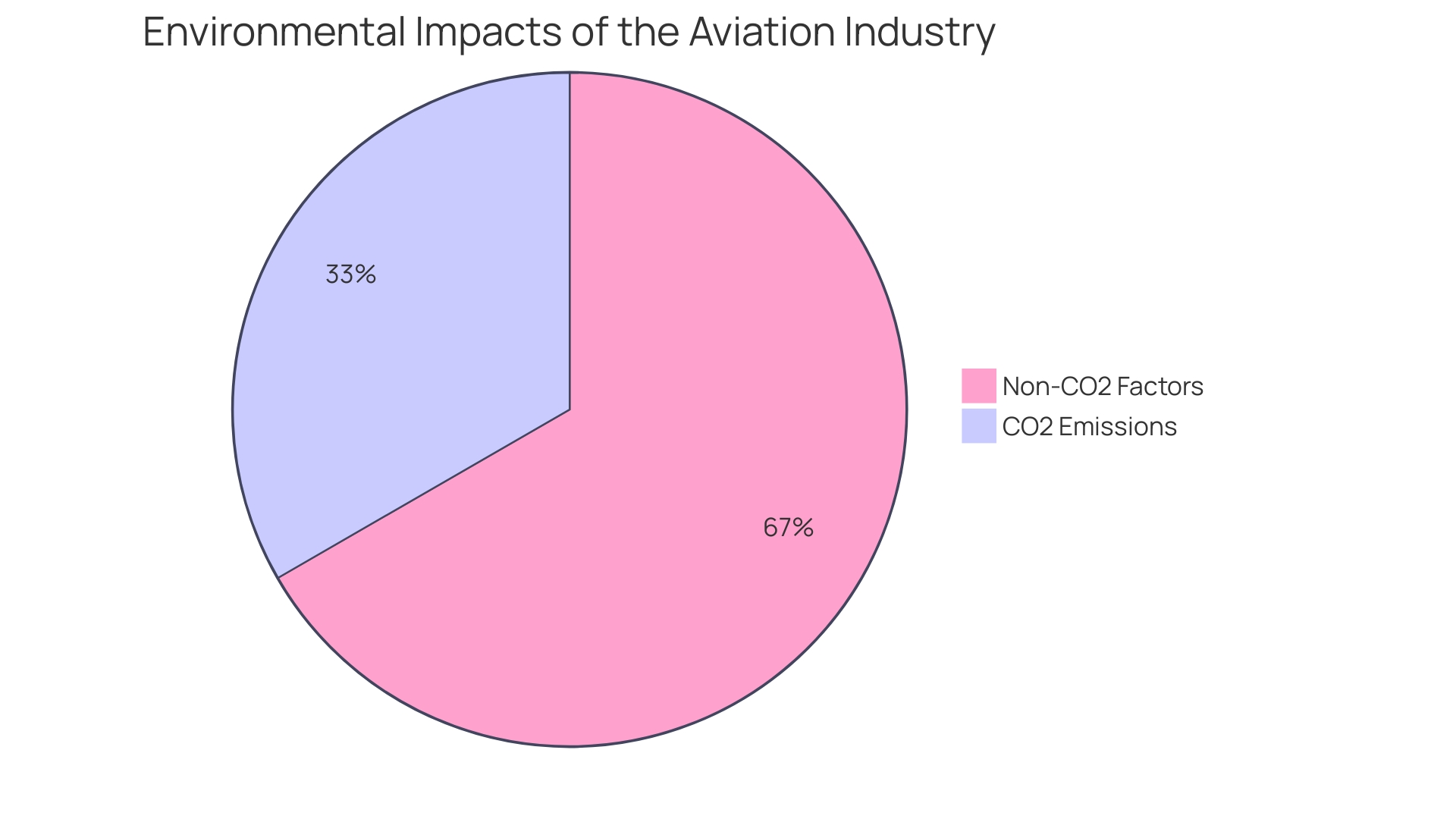
Encouraging Sustainable Consumer Behavior
Airlines play a pivotal role in steering passenger behavior towards environmental stewardship. By integrating principles from the theory of planned behavior, which posits that attitudes, social influence, and perceived control shape our actions, airlines can craft strategies that resonate with passengers' values and societal expectations. Education on the environmental impact of travel, coupled with nudging strategies, such as providing emissions data for various transport modes, empowers consumers to make informed, sustainable choices. For instance, presenting the carbon footprint differential between air and rail travel can nudge customers to opt for the latter within Europe, reducing their carbon footprint.
Dovetailing these educational efforts with incentive programs, akin to early frequent flyer systems, airlines can further entice eco-friendly actions. Such programs have evolved from simple punch cards to complex systems that reward consumer spending and loyalty. Today's incentives might include benefits for passengers who engage in carbon offsetting or decline single-use plastics, thereby solidifying a culture of sustainability. Consumer behavior is also influenced by broader societal movements, as seen in Skysupply's recent rebranding, which underscores a commitment to sustainability through design and innovation, encouraging travelers to #renew, #reduce, #reuse, #recycle, #reimagine, and #respect.
Statistics highlight a growing trend in sustainable consumer practices, with a significant number of individuals adopting eco-conscious behaviors in response to rising energy costs in 2023. Though investments in energy-saving technologies are less common, the general intent to lead a more sustainable lifestyle is evident. This shift in consumer mindset underscores the importance of airlines' role in promoting and facilitating sustainable travel choices. By aligning their sustainability campaigns with these evolving consumer behaviors and the principles of behavioral economics, airlines can drive meaningful change and contribute to the industry's overall environmental goals.
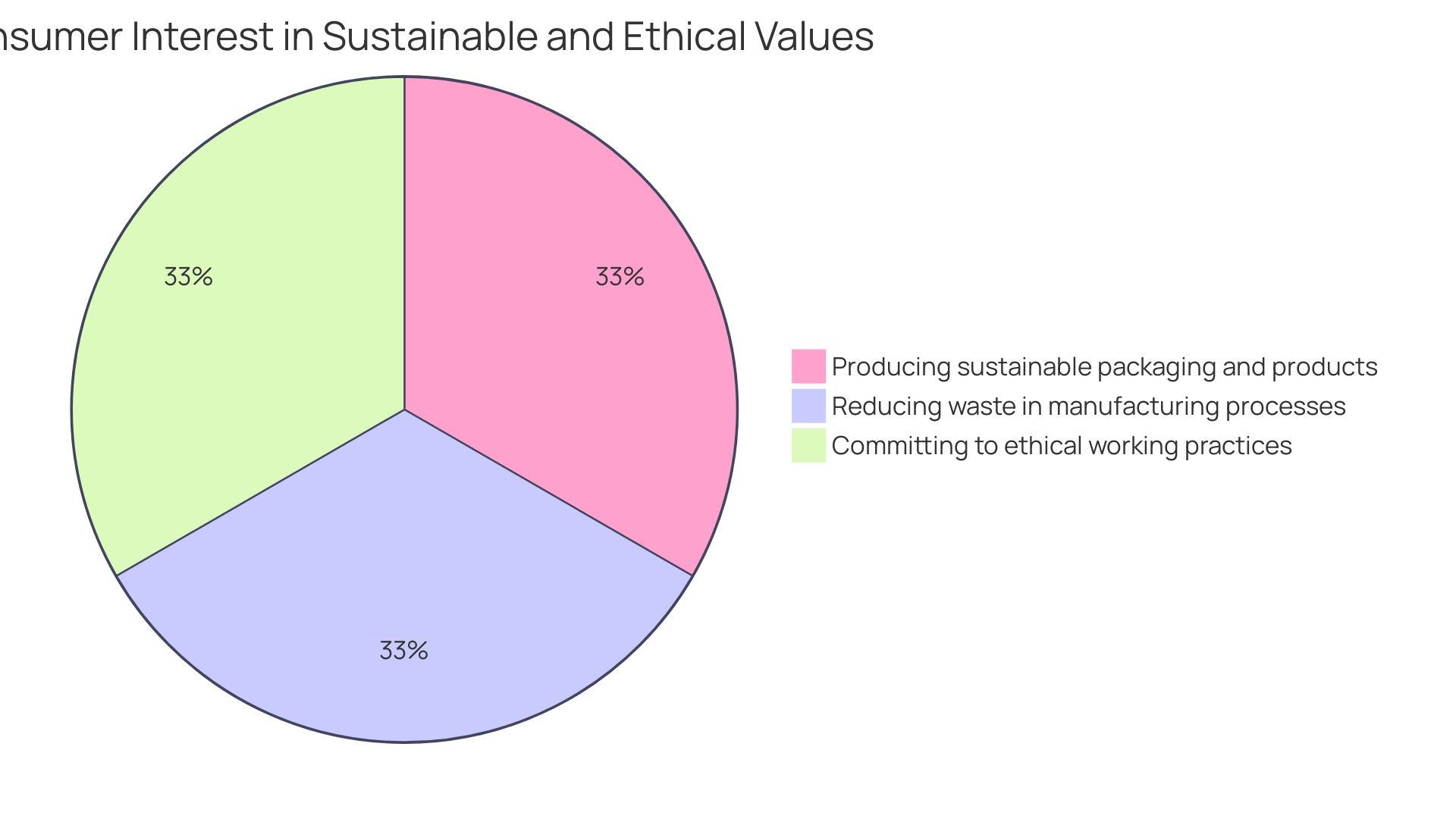
International Collaboration and Accountability
The fabric of sustainability in the aviation industry is woven with the threads of global cooperation and transparent accountability. As extreme weather events and climate tipping points underscore the vastness of the challenge at hand, it's clear that industry-wide collaboration is paramount. The European Green Deal and the New Consumer Agenda illuminate the path by advocating for circular economies, biodiversity restoration, and pollution reduction. These initiatives also take aim at 'greenwashing' by enforcing directives against misleading commercial practices. Thus, airlines are prompted to substantiate their environmental claims with verifiable commitments and transparent CO2 calculations.
The aviation sector's commitment to sustainability is echoed by industry leaders like Alan Milne, CEO of Skytrans Airlines, who stresses the importance of dialogue and knowledge exchange for fostering innovation and driving change. The sector's urgency is further highlighted by projections indicating a 75% increase in jet fuel consumption in Australia in the next 25 years.
Recent events, such as COP 27, have revealed a persistent action gap in international climate policy, despite a consensus on the urgency for enhanced measures. The goal of net zero emissions, balancing GHGs emitted with those removed, demands a novel approach focused on maximal emission reductions and strategic offsetting.
Collaborative efforts are already underway, with industry insiders advocating for responsible sustainability practices that don't compromise accessibility to air services. This collective approach has been effective, as showcased by the International Air Transport Association's 2023 report, which marked the year as one of the safest in aviation history, reinforcing that coordinated action can lead to significant progress.
In essence, the aviation industry's sustainable transformation is a shared responsibility, necessitating a symphony of concerted actions, innovative leadership, and steadfast commitment to a greener future.
Notable Sustainable Airports and Airlines
Airports and airlines worldwide are making commendable strides in the direction of sustainability. Amsterdam Airport Schiphol, for instance, has taken significant measures in energy conservation and the integration of renewable energy into their operations. Meanwhile, airlines such as Alaska Airlines and Qantas are actively pursuing the reduction of their carbon footprint by committing to sustainable aviation fuels (SAF).
The pioneering partnership between Airbus and Neste, aptly named Neste Impact, is an initiative aimed at reducing emissions and aiding companies to reach their sustainability targets. Committing to SAF is a critical strategy, as it presents the most viable option for emission reduction in the short to mid-term for the aviation industry. This is supported by statements from industry leaders that emphasize the importance of collaboration across the aviation ecosystem to support and finance the necessary technological developments for a sustainable future in aviation.
In a remarkable display of commitment to sustainability, the airports of Ivalo, Kittilä, Kuusamo, and Rovaniemi in Finland have successfully reduced their carbon emissions by 98% over a decade by exclusively using renewable energy sources. These airports have not only achieved a net-zero carbon balance for emissions within their control but are also now focusing on reducing emissions from third-party activities related to airport operations.
Another innovative approach is showcased by Tokyo International Airport (Haneda Airport), where a new satellite facility is being constructed using a hybrid wood-steel structure, demonstrating an initiative led by the younger generation of employees who advocated for the sustainable use of materials. This move towards wooden construction is expected to reduce CO2 emissions by 2,630 tons during construction, aligning with Japan's goal of net-zero emissions by 2050.
These examples highlight the transformative efforts being made in the aviation industry to achieve net-zero emissions and underscore the critical role that airports play in this global endeavor. With policies such as Europe's CORSIA and the EU's commitment to becoming a climate-neutral economy by 2050, the focus on innovative solutions and strategic investments in sustainable energy and low carbon technologies is more pronounced than ever. As the sector continues to evolve, the integration of sustainability within the operational framework of airports and airlines becomes not just a goal but a necessity for the future of air travel.
Technological Innovations for a Greener Future
The aviation industry stands at a critical juncture where technological innovation holds the key to a sustainable future. Advanced materials and efficient engines are at the forefront of this transformation, offering a path to reduce the environmental footprint of air travel. The recent transatlantic flight by a large passenger plane powered solely by alternative fuels, supported by Virgin Atlantic, exemplifies the industry's commitment to pioneering greener flying methods. Despite these advancements, challenges such as the scarcity of sustainable fuel supplies and the necessity for further technological breakthroughs in emissions reduction persist.
Environmental stewardship in aviation is not just about emissions. It's about a holistic approach that includes everything from aircraft design to the materials used for in-flight products. Companies like FORMIA are reinventing the travel experience through products made from renewable and recycled materials, which also contribute to reduced fuel burn due to their lighter weight. Meanwhile, Lufthansa Technik's comprehensive technical services maintain aircraft efficiency, which is crucial for minimizing environmental impact.
The push for sustainability is further reflected in initiatives like the CLEAN Program, which aims to hasten the adoption of noise-reducing aviation technologies. With commercial aviation responsible for about 3.5% of human-induced changes to the Earth’s energy balance, the urgency for action is underscored by the sector's commitment to net-zero emissions by 2050. Achieving this will require a concerted effort from all stakeholders, from material manufacturers to airline operators, to shift from traditional practices to innovative, sustainable solutions.
This drive towards a greener aviation sector is backed by a clear understanding of the climate crisis. The stark reminders of extreme weather events and the warnings issued at international platforms such as COP 27 highlight the necessity for steadfast action. The sector's path to sustainability will hinge on reducing emissions to the greatest extent possible and offsetting what cannot yet be reduced, striving for the net-zero goal that balances emissions with removals from the atmosphere. The technical and analytical prowess of the industry's stakeholders will undoubtedly play a pivotal role in navigating this challenging but essential journey toward sustainable aviation.
Role of Insurance and Financial Partners in De-Risking the Transition
The pivotal role of financial institutions and insurers in the aviation industry's pivot towards sustainability cannot be understated. By offering innovative financing solutions and insurance products, these partners help mitigate risks associated with adopting green technologies and support projects that advance sustainable practices. This collaboration is essential not only in the adoption of Sustainable Aviation Fuel (SAF), which Delta Air Lines aims to incorporate at 10% by 2030, but also in the broader educational efforts to dispel myths around SAF and its potential for the industry's net-zero ambitions. With international climate negotiations underscoring the gap between knowledge and action, these partnerships are increasingly critical. They are a testament to the industry's commitment to sustainability, as exemplified by Avianca's approach to maintaining aviation accessibility while advancing sustainable initiatives. Through industry cooperation and shared aspirations, as voiced by Skytrans Airlines' CEO, the complex journey to a sustainable aviation future is gradually becoming more attainable.
Conclusion
In conclusion, the aviation industry is actively pursuing sustainable aviation through initiatives like Sustainable Aviation Fuel (SAF) and technological advancements. Challenges such as limited supply and higher costs persist, but the industry remains committed to reducing carbon emissions. Efforts to improve operational efficiencies and use recycled materials contribute to immediate actions for a more sustainable future.
Policies and government support are driving sustainable aviation by striving for net-zero emissions and reducing greenhouse gas emissions. Sustainable airports prioritize renewable energy sources and effective waste management practices to minimize environmental impacts.
Encouraging sustainable consumer behavior is crucial, as airlines educate passengers and provide incentives for eco-friendly choices. International collaboration and accountability are emphasized to foster global cooperation and transparent reporting.
Financial partners and insurers play a vital role in supporting the industry's sustainability goals through innovative financing solutions and insurance products.
In summary, the aviation industry is resolute in its pursuit of decarbonization and a more sustainable future for air travel. With a focus on education, innovation, collaboration, and support from financial partners, the industry aims to reduce its carbon footprint and mitigate environmental impacts. The path to sustainable aviation requires the collective efforts of all stakeholders, and the industry remains committed to aligning with global sustainability objectives.
Join the aviation industry in reducing carbon emissions and creating a more sustainable future.




